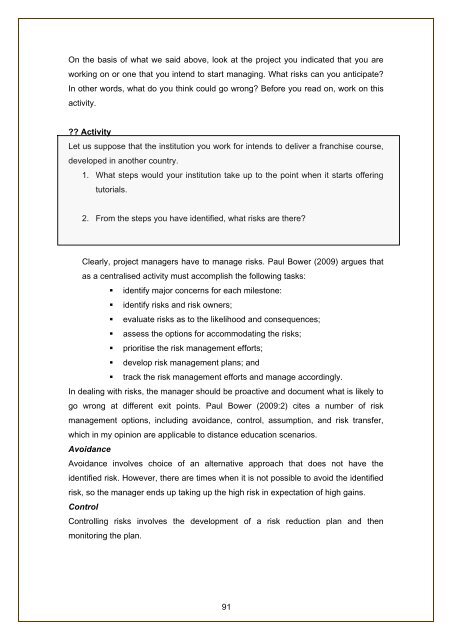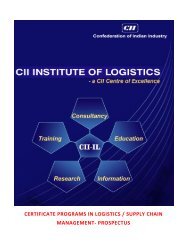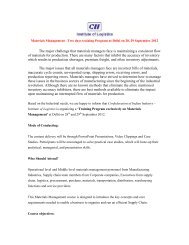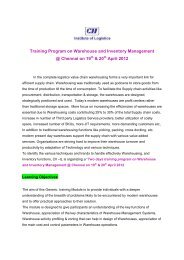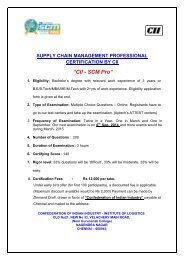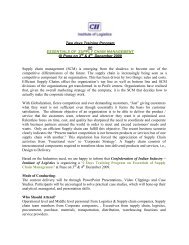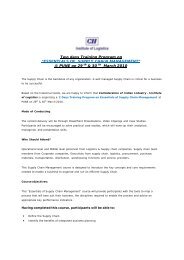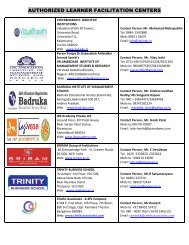successful project management - Commonwealth of Learning
successful project management - Commonwealth of Learning
successful project management - Commonwealth of Learning
You also want an ePaper? Increase the reach of your titles
YUMPU automatically turns print PDFs into web optimized ePapers that Google loves.
On the basis <strong>of</strong> what we said above, look at the <strong>project</strong> you indicated that you are<br />
working on or one that you intend to start managing. What risks can you anticipate?<br />
In other words, what do you think could go wrong? Before you read on, work on this<br />
activity.<br />
?? Activity<br />
Let us suppose that the institution you work for intends to deliver a franchise course,<br />
developed in another country.<br />
1. What steps would your institution take up to the point when it starts <strong>of</strong>fering<br />
tutorials.<br />
2. From the steps you have identified, what risks are there?<br />
Clearly, <strong>project</strong> managers have to manage risks. Paul Bower (2009) argues that<br />
as a centralised activity must accomplish the following tasks:<br />
• identify major concerns for each milestone:<br />
• identify risks and risk owners;<br />
• evaluate risks as to the likelihood and consequences;<br />
• assess the options for accommodating the risks;<br />
• prioritise the risk <strong>management</strong> efforts;<br />
• develop risk <strong>management</strong> plans; and<br />
• track the risk <strong>management</strong> efforts and manage accordingly.<br />
In dealing with risks, the manager should be proactive and document what is likely to<br />
go wrong at different exit points. Paul Bower (2009:2) cites a number <strong>of</strong> risk<br />
<strong>management</strong> options, including avoidance, control, assumption, and risk transfer,<br />
which in my opinion are applicable to distance education scenarios.<br />
Avoidance<br />
Avoidance involves choice <strong>of</strong> an alternative approach that does not have the<br />
identified risk. However, there are times when it is not possible to avoid the identified<br />
risk, so the manager ends up taking up the high risk in expectation <strong>of</strong> high gains.<br />
Control<br />
Controlling risks involves the development <strong>of</strong> a risk reduction plan and then<br />
monitoring the plan.<br />
91


